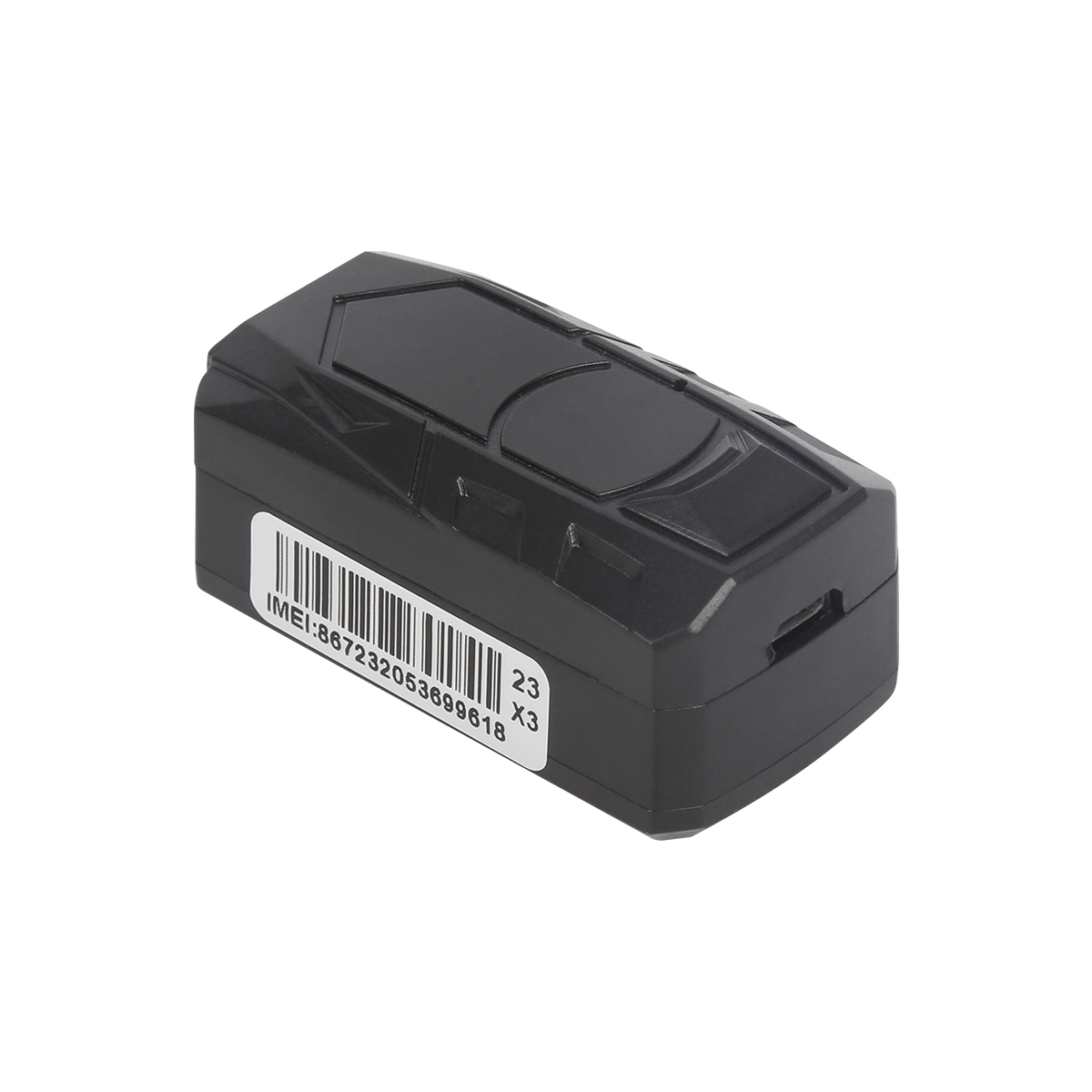source:truck tracking webfleet solutions release time:2023-06-28 Hits: Popular:realtime gps tracker online

1. Ceramic flakes: The quality of ceramic powder and sintering process directly affect its performance. The main ceramic chips currently used on the market are 25 × 25, 18 × 18. 15 × 15. 12 × 12. The larger the area of the ceramic sheet, the greater the dielectric constant, the higher the resonance frequency, and the better the acceptance effect. Ceramic chips are mostly square in design to ensure consistent resonance in the XY direction and achieve uniform star collection.
2. Silver layer: The silver layer on the surface of a ceramic antenna can affect the resonance frequency of the antenna. The ideal GPS ceramic chip frequency point is accurately set at 1575.42MHz, but the antenna frequency point is very susceptible to the influence of the surrounding environment, especially when assembled in the entire machine. It is necessary to adjust the silver coating shape to maintain the frequency point at 1575.42MHz again. Therefore, GPS equipment manufacturers must cooperate with antenna manufacturers when purchasing antennas and provide complete machine samples for testing.
3. Feed point: The ceramic antenna collects resonance signals through the feed point and sends them to the backend. Due to antenna impedance matching, the feed point is generally not in the center of the antenna, but slightly adjusted in the XY direction. This impedance matching method is simple and does not increase the cost. Moving only in the single axis direction is called a single biased antenna, and moving on both axes is called a double biased antenna.
4. Amplification circuit: The shape and area of the PCB carrying the ceramic antenna. Due to the characteristic of ground bounce in GPS, when the background is 7cm × When the ground is 7cm uninterrupted, the efficiency of the patch antenna can be maximized. Although constrained by factors such as appearance and structure, try to maintain a considerable area and uniform shape. The selection of amplification circuit gain must be coordinated with the backend LNA gain. The GSC3F of Sirf requires that the total gain before signal input should not exceed 29dB, otherwise the signal Supersaturation will generate self excitation.
GPS antenna has four important parameters: Gain, VSWR, Noise figure, and Axial ratio. Among them, special emphasis is placed on the shaft ratio, which is an important indicator to measure the difference in signal gain of the entire machine in different directions. Due to the random distribution of satellites in the hemisphere sky, it is crucial to ensure that the antenna has similar sensitivity in all directions. The axial ratio is affected by antenna performance, external structure, internal circuit of the entire machine, and EMI.
Read recommendations:
TK100B- Accurate Pro version GT06/TK100
GPS device.obd2 gps tracker verizon manufacturer
How should a car loan company choose a reasonable car GPS locator?obd2 gps tracker verizon
Last article:GPS selection.Hidden GPS Trackers wholesale
Next article:GPS reference station subsystem.Magnetic gps tracker supplier
Related Information
fleet gps trackers custom
2023-04-234G GPS Tracker Vendor
2023-04-23Dog gps tracker supplier
2023-04-23Car gps tracking price
2023-04-11gps tracker for trailer
2023-04-114G LTE gps tracker
2023-04-11Asset GPS Tracker
2023-04-11Magnetic gps tracker
2023-04-11real-time gps tracking maker
2023-04-23Magnetic gps tracker sales
2023-04-23P02L Smart Walkie-Talkie Tracker
2025-09-19TK100B- Accurate Pro version GT06/TK100
2023-10-06P901 4G ID Card GPS Tracker Smart Walkie-talkie
2025-07-11G08L - 4inch Smart Tail Light Tracker
2022-06-20G900LS 8 Lines-4G Car GPS Tracker
2025-03-31Factors related to GPS satellites
2022-10-10GPS base station positioning
2023-02-15What are the functions of car GPS locators.obd-II port gps tracker maker
2023-06-16GPS System Features
2022-07-21How to judge the quality of a car GPS locator?vehicle gps tracker webfleet solutions
2023-03-21How long can the historical trajectory records of the car GPS positioning system be maintained.Car g
2023-09-20GPS centralized procurement layer.realtime gps tracker online manufacturer
2023-08-16China Beidou Satellite Navigation System.obd11 gps tracker verizon manufacture
2023-03-11Do not illegally install GPS trackers
2022-09-14Where is the car GPS positioner?
2023-02-22Intelligent GPS anti-theft electronic system
2022-08-26GPS predecessor.4G GPS Tracker
2023-09-04GPS management system-efficient management of your vehicle
2023-02-16Brief analysis of problems and solutions of vehicle location tracker.realtime gps tracker online Pro
2023-03-13GPS system architecture and analysis
2022-09-01